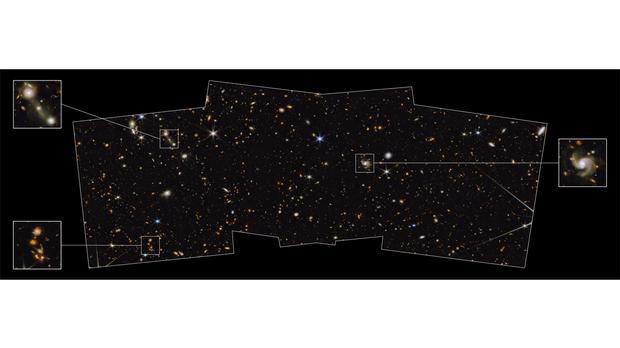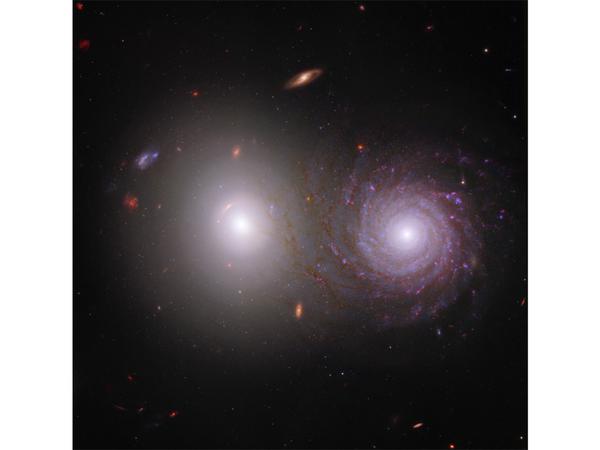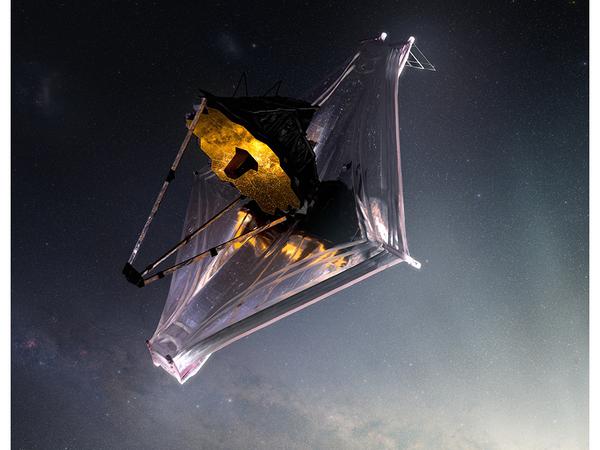What kind of Christmas was that that researchers and aerospace engineers experienced a year ago. The new space telescope “Webb”, built by Nasa, Esa and the Canadian space agency CSA, should fly into space. The launch from the Kourou space center in French Guiana has been repeatedly postponed.
On December 25, 2021 at 1:20 p.m. (CET) it finally succeeds. After a good two decades of development work and fighting over the costs – in the end it was eleven billion dollars – Webb is finally on the way. Relief, for now.
More weeks of trepidation follow, because the 6.5 meter main mirror has to be unfolded, as does the sun sail that protects the devices of the infrared telescope from the heat radiation.
That works too, Webb has been working since the summer. “Technically everything is going great, better than expected,” says Nora Lützgendorf, ESA scientist at the Space Telescope Science Institute in Baltimore. During the “Artemis-1” moon mission, in which NASA recently guided an unmanned spacecraft around the Earth’s satellite, a number of ground stations were blocked from recording Artemis details, she reports.
But that was done, now numerous Webb data are getting onto the astronomers’ computers again. The damage to the primary mirror caused by micrometeorites is also significant according to NASA not that serious. The telescope works better than formulated in the mission requirements.

The news from the community is positive: In the atmospheres of exoplanets, Webb has detected molecules such as CO2, CO and elements such as sodium and potassium with a precision that the – still active – predecessor “Hubble” never achieved. There is already a new record in the search for particularly distant galaxies. Webb found some, just the 325 million years started to glow after the big bang.

In the meantime, the excitement surrounding the name of the telescope has also settled. It was named after James Webb, who was a NASA administrator during the Apollo years. He was later accused of being partly responsible as a manager for the fact that homosexual employees were systematically disadvantaged or even fired in the 1950s and 1960s.

There were a number of protests, but NASA stuck to the name: James Webb Space Telescope (JWST). Many today simply call it “Webb,” and the American Astronomical Society explicitly names it Abbreviation JWST in professional articles satisfied. The usual one explanation is no longer required.
The mission duration is initially set at five years, another five years are very likely – and maybe it will be even more. After all, Hubble has already made it 32 years.
To home page



